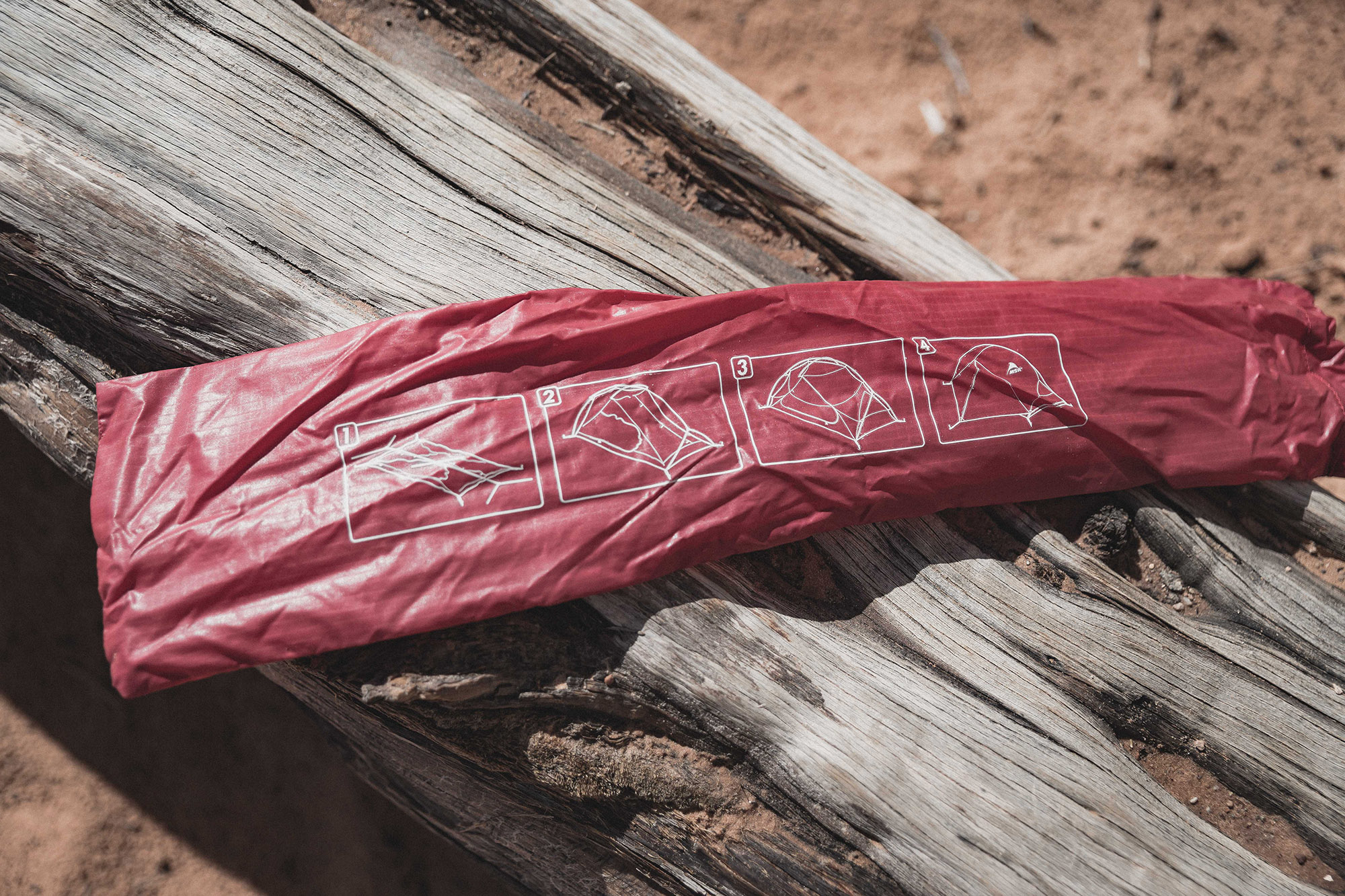
But more importantly, this setup gives you the flexibility to use the closed-cell pad for around camp, under-your-butt use without fear of puncturing it with the many sharp objects-crampons, ice axes, and the like-that usually populate a winter camp. With this setup, the two pads won’t slip around against each other as sometimes happens when you combine two inflatable pads with slippery surfaces.

In particular, I recommend the combination of one inflatable pad for comfort and one closed-cell foam pad for versatility. This is my preferred method, and one that is easier for intermittent winter campers who already have a summer-weight pad on hand. The alternative to buying a winter-specific sleeping pad is to double up two sleeping pads to create sufficient insulation beneath you. Finally, if you’re looking for maximum warmth and cush, Exped offers a wide range of super-thick and extra warm pads (pads start at $149 and go up from there). The XTherm pad has received rave reviews, including this overview from Outdoor Gear Lab, which gave it an Editor’s Choice award. For a lightweight and compact option, consider the Therm-a-Rest NeoAir XTherm, weighing in at a scant 15 to 21 ounces, depending on size (5.7 R value, $200 – $240).

If you’re looking for the best deal on a winter pad, check out the 5.6 R-value REI Trekker ($70 – $80), though you’re trading price for a higher weight (40 – 51 ounces, depending on size). They can also get pretty pricey, with some options approaching the $200 mark and beyond. Your options for cold-weather pads are relatively limited, however, especially if you want to invest in a pad that’s relatively compact and lightweight. Winter camping involves a lot more gear than three-season camping. Investing in a single winter-worthy pad helps keep that gear list in check, and minimizes the number of sleeping-related items you need to deal with or schlep around with you. Winter-worthy pads also tend to be extra thick and cushy to provide all that warmth, which can translate to a comfy night’s sleep that you might not otherwise enjoy.
#Outdoor gear lab master cam ultralight full
Most sleeping pads fall somewhere between an R value of two and five this excellent and comprehensive list of 2018 sleeping pads from SectionHiker shows the full R-value range of currently available options. R-values are additive, so stacking two pads on top of each other provides an R-value that is more or less the sum of their individual R-values. For winter camping, you generally want an R-value of at least 5, while three-season campers only need an R-value of 2 or more for most conditions. R-values 101Įvery sleeping pad system has an R-value, which measures how much insulation a pad provides to fend off the cold coming from the ground beneath you. We’ll take a quick look at both, but we’ll first review a technical specification crucial to understanding the effectiveness of a cold-weather sleeping pad: R-values. The second is to invest in a single pad that’s sufficiently warm for winter use.

The first is to combine two summer-weight sleeping pads to create a double-layer of insulation. To accomplish this, you have two options. Winter camping usually means sleeping on snow, which means you’re going to need a winter sleeping pad setup that blocks the cold beneath you from stealing away precious body heat. Jburtrosen/FlickrSnow camping requires a winter sleeping pad system that is both comfortable and warm.


 0 kommentar(er)
0 kommentar(er)
